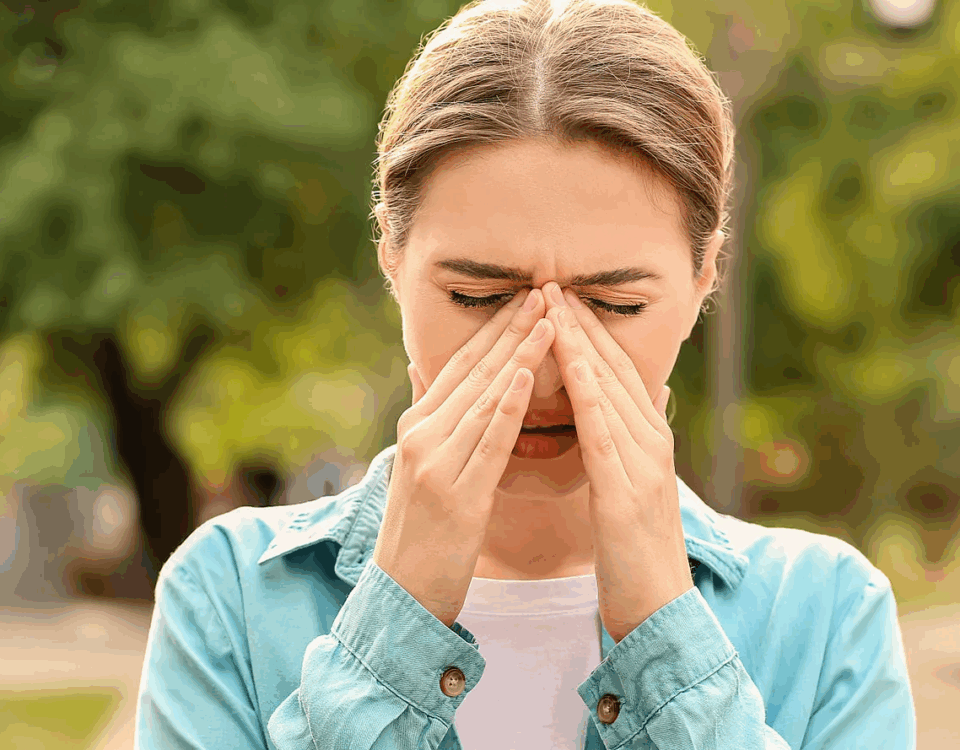
How Veneers Can Transform Your Smile
October 6, 2025
Understanding the Science Behind Vitamin B12 Injections
October 6, 2025An allergic reaction occurs when your immune system responds to a foreign substance or a food that typically doesn’t affect most people. Allergic reactions manifest differently for everyone, so recognizing the early signs can be beneficial. While some reactions develop quickly, others appear gradually, and being able to spot initial symptoms helps you manage your exposure and well-being. Here is more information about early signs to look out for:
Rashes and Hives
When an allergen triggers a reaction, your body releases histamine, which causes tiny blood vessels to leak fluid. This fluid accumulates in the skin, forming rashes that may spread or remain in one area. Raised, itchy welts on the skin’s surface are known as hives, and these may appear quickly after contact with a trigger. People may have hives on the arms, legs, or trunk.
Allergens may cause the skin to become red and itchy, and this reaction can appear in the creases of the elbows or behind the knees, although it can develop elsewhere. Exposure to allergens such as pet dander, pollen, or certain soaps may trigger a flare-up in individuals with sensitive skin. Since dry skin may worsen this condition, maintaining skin moisture becomes a practical step in managing it.
Urges to Sneeze
Hay fever may produce cold-like signs and symptoms, such as a runny nose, sneezing, and sinus pressure. You might experience frequent sneezing, which is your body’s way of expelling the allergen from your nasal passages. These symptoms are a direct response to airborne allergens, such as pollen, dust mites, or mold spores, and their severity varies from person to person.
Itchiness in Eyes
Allergic conjunctivitis is the medical term for eye allergies. This condition occurs when your eyes react to substances that irritate them, causing your eyes to become red, itchy, and watery. The sensation may be an urge to rub or scratch the eyes, but doing so can worsen irritation and introduce more allergens.
Swelling or puffiness around the eyelids is also typical during an allergic reaction. Avoiding known allergens is a primary way to prevent this discomfort, and wearing sunglasses outdoors helps reduce eye contact with pollen or dust. Artificial tears or cold compresses soothe irritation and help flush out allergens that cause symptoms.
For some individuals, symptoms fluctuate depending on the season, while others experience mild discomfort year-round, particularly when exposed to pets or dust indoors. Repeated eye rubbing may also lead to more severe irritation. Having gentle, preventative strategies may offers relief and reduces the risk of future episodes.
Stomach Cramps
Food allergies may provoke a range of digestive issues. After you consume a food you are allergic to, you might experience symptoms like stomach cramps, vomiting, or diarrhea. These symptoms typically appear within two hours of eating, but some reactions begin even sooner. Shellfish, nuts, eggs, milk, and wheat are associated with allergic digestive reactions; the trigger food varies from individual to individual.
Treat an Allergic Reaction Today
Understanding these early signs helps you identify a possible allergic reaction and take a practical next step. If you notice these symptoms, seeking a professional evaluation is a logical path forward. To address potential allergies, consult a healthcare provider to discuss your symptoms and experiences. Use the knowledge you’ve gathered to guide your next conversation about your health, and take action today to improve your awareness and safety.





